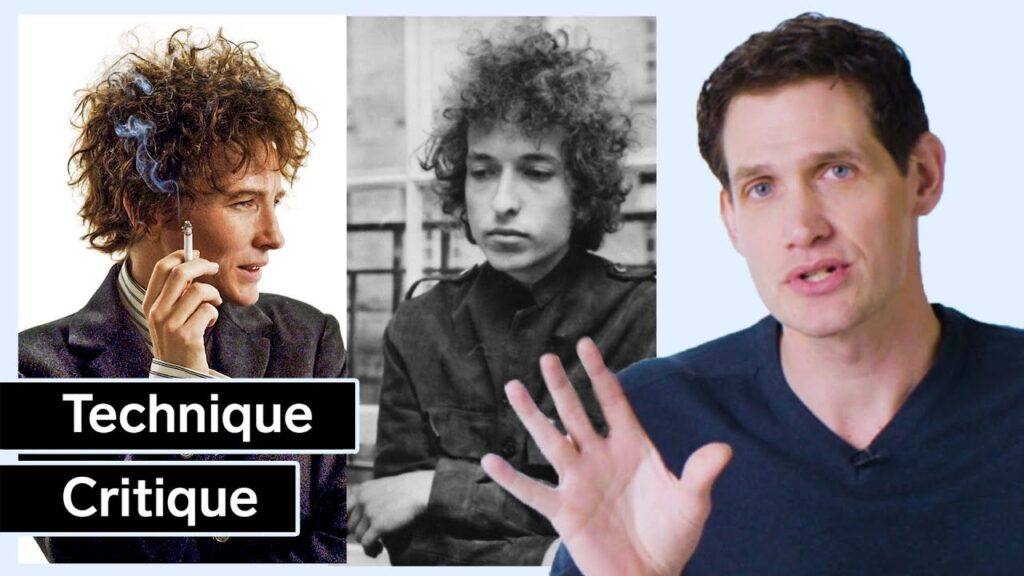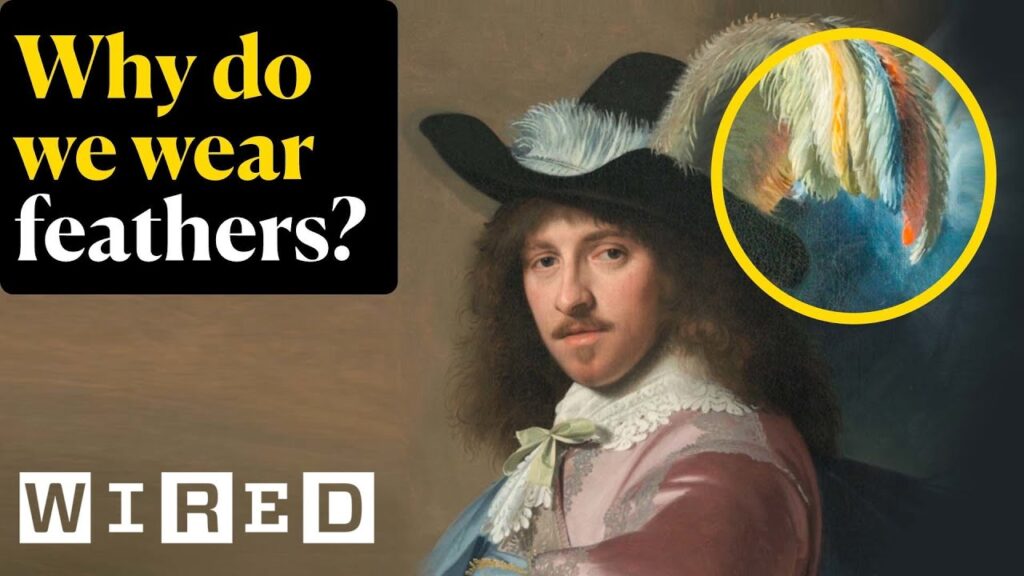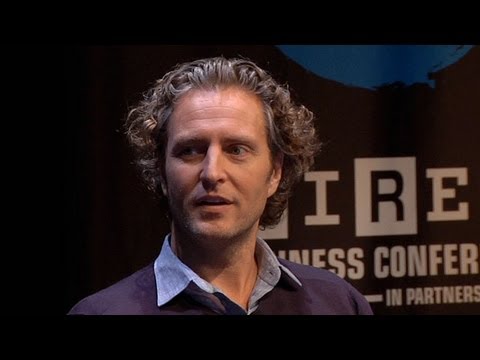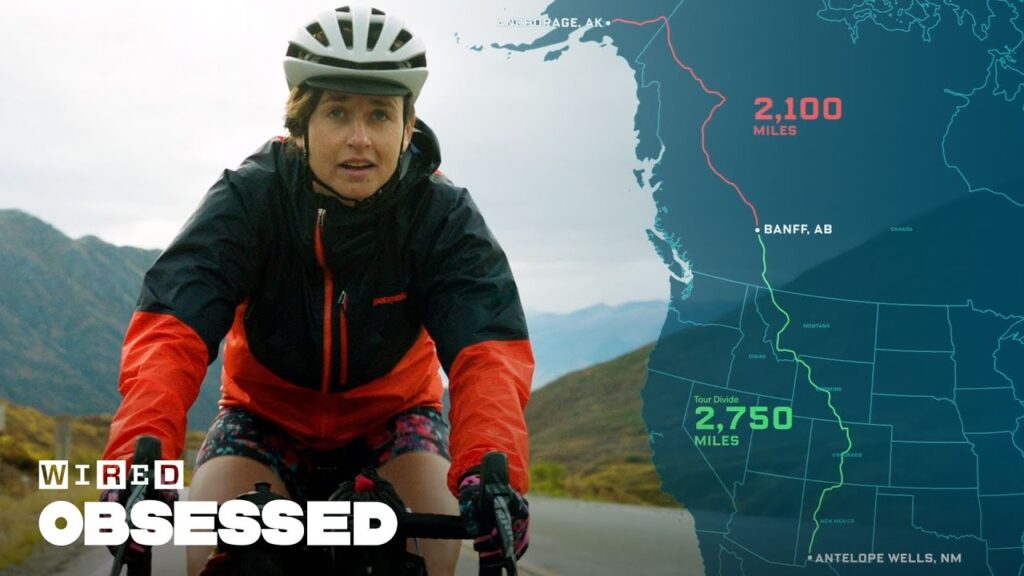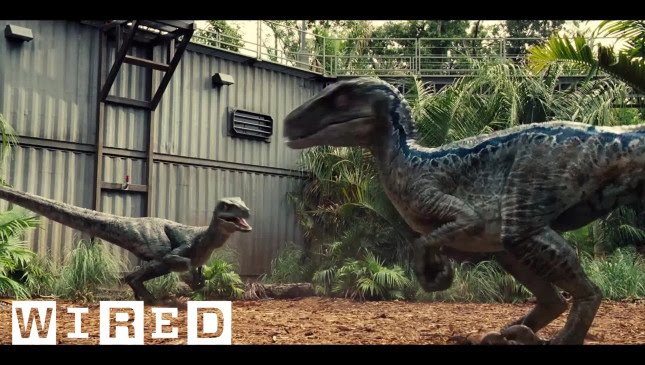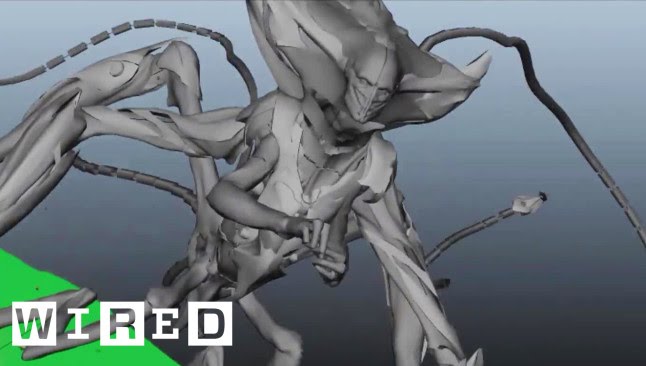Fantastic Fungi: Capturing the Beauty of Mushrooms through Time-Lapse Cinematography
Summary
In this article, we delve into the world of time-lapse cinematography and how it was used to capture the beauty of mushrooms in the documentary Fantastic Fungi. Renowned filmmaker Louis Schwartzber built a studio on top of his garage and consulted a fungi expert to learn how to grow mushrooms in an environment free from bacteria and bugs. He used macro lenses, miniature sets, and motion control cinematography to capture the intricate details of the fungi. Schwartzber’s spiritual practice of checking the shots every morning and imagining the framing and composition for the next day was a transformational experience.
Table of Contents
- Building a Studio for Time-Lapse Footage
- Capturing the Beauty of Mushrooms
- Motion Control Cinematography
- The Most Photogenic Fungus
- A Transformational Experience
- Observing Nature’s Intelligence
Building a Studio for Time-Lapse Footage
Louis Schwartzber, a filmmaker known for his time-lapse cinematography, created the time-lapse footage for the documentary Fantastic Fungi by building a studio on top of his garage. This allowed him to avoid issues like wind and bugs that could ruin the footage. He used an intervalometer to trigger a camera to take one frame at a time, along with grow and photo lights.
Capturing the Beauty of Mushrooms
Schwartzber consulted a fungi expert to learn how to grow mushrooms in an environment free from bacteria and bugs for the footage. He used macro lenses to shoot close-ups of the fungi and created miniature sets with moss, logs, and rocks. This allowed him to capture the intricate details of the mushrooms, such as their gills and spores.
Motion Control Cinematography
Motion control cinematography allowed Schwartzber to move the camera while the mushrooms were growing. This created a dynamic and visually stunning effect.
The Most Photogenic Fungus
Of all the fungi that Schwartzber captured, lion’s mane was the most photogenic. Its tiny tentacles wiggled in a wave-like pattern, creating a mesmerizing effect on screen.
A Transformational Experience
Schwartzber’s spiritual practice of checking the shots every morning and imagining the framing and composition for the next day was a transformational experience. It allowed him to connect with nature on a deeper level and appreciate its beauty even more.
Observing Nature’s Intelligence
Schwartzber’s latest project involves using scanning electron microscopic photographs to create computer-generated animations of the mycelial network, an underground root-like system that connects plants and trees. He believes that observing nature’s intelligence can help us live in harmony with it, and he advocates for a shared economy similar to the one that exists underground.
Conclusion
In conclusion, Louis Schwartzber’s time-lapse cinematography has allowed us to appreciate the beauty of mushrooms in a way that we never have before. By building a studio and using motion control cinematography, he was able to capture the intricate details of the fungi and create a visually stunning documentary. His spiritual practice of connecting with nature has also allowed him to appreciate its beauty even more and advocate for a shared economy that is in harmony with nature.
